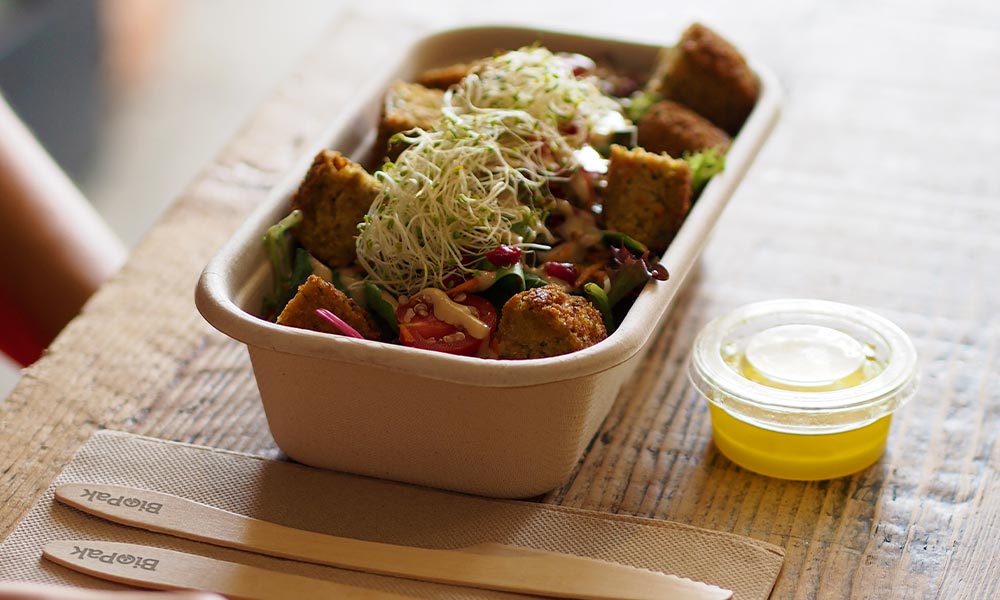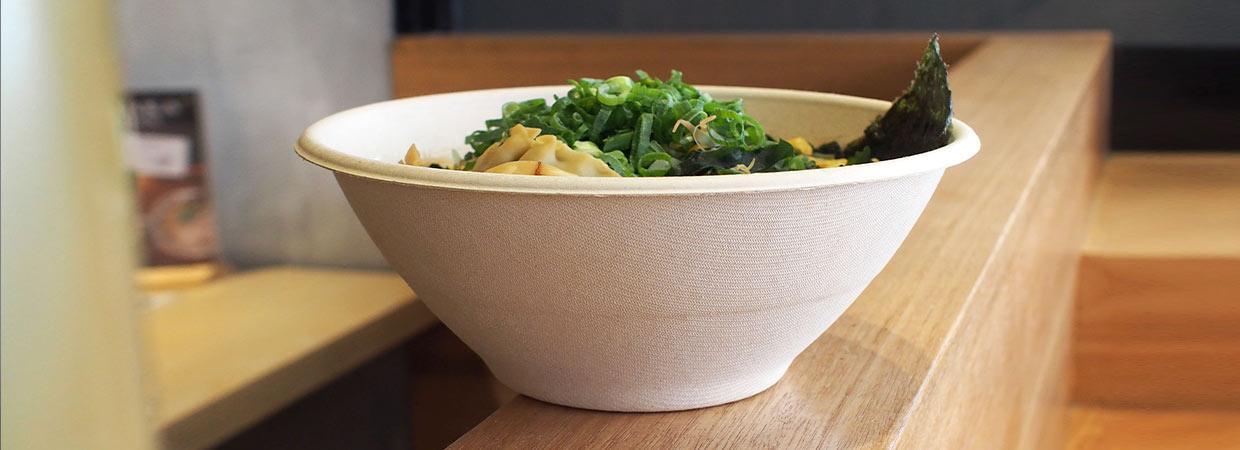Bagasse (Sugarcane Pulp): The Environmentally Responsible Paper Alternative
Bagasse is a fibrous material left behind after harvesting sugarcane. It has a multitude of uses, especially in the foodservice packaging industry as a sustainable alternative to conventional plastic. This article will dive into bagasse, how it’s made, the environmental benefits and how it fits into the circular economy.


What is Bagasse?
Bagasse, otherwise known as sugarcane pulp, is a by-product of the sugarcane industry. It’s the fibrous substance that’s left behind after the juice of the sugarcane plant is harvested.
Up until recently, bagasse was often disposed of or left to rot. But today, it’s used as a renewable resource for the production of paper products and as a fuel for factories.
How Is Bagasse Made?
Bagasse can be used for multiple purposes, from biofuel to paper, with each product having its own production method. Let’s look at the specific method involved for the production of bagasse packaging products.
- After one year, the sugarcane plant is ready for harvest
- The sugarcane plant is harvested for its liquid. Once this liquid is extracted, the leftover substance (bagasse) is kept wet and blended with water to form a pulp
- Additives are mixed in with the pulp before being pressed into the shape of a packaging product by applying pressure and high temperatures
- The end result is a sturdy, microwavable and compostable food packaging product made from plant-based, renewable resources.


Environmental Advantages Of Bagasse
Home Compostable
Our bagasse packaging with no added PFAS* is certified home compostable to Australian (AS5810) and European Standards (NF T51-800) and certified industrially compostable to Australian (AS4736) and European Standards (EN13432). This means it’ll biodegrade in 30-90 days in composting conditions, leaving behind no toxic residue and creating nutrient-rich compost.
*Read more why we are removing PFAS.
Rapidly Renewable Resource
Since bagasse is made from sugarcane pulp, it can reduce the need to cut down trees and slow deforestation.
According to a report by the Union of Concerned Scientists, timber production has been identified as one of the four key contributors to deforestation. They state, “wood production has been shown to cause around 380,000 hectares of deforestation annually in key countries” (source).
“Why does deforestation matter? Forests—especially tropical forests—store enormous amounts of carbon. When forests are destroyed, that carbon is released to the atmosphere, accelerating global warming. Deforestation accounts for around 10% of total heat-trapping emissions—roughly the same as the yearly emissions from 600 million cars.” (source).
Trees take a long time to grow to maturity before they can be harvested. And when harvesting them, acres of land are cleared making it a resource-intensive process. Sugarcane, on the other hand, can be harvested annually making it a rapidly renewable resource.
At BioPak, we combine our sugarcane pulp with other plant-based pulp to create ‘plant fibre.’ So while it’s not considered ‘tree free’, our bagasse products contain at least 70% reclaimed plant fibre and will still significantly reduce our reliance on trees and deforestation.


Bagasse: A Plant-Based Fibre Product, A Truly Circular Option
Unlike plastic or polystyrene products, bagasse products can be industrially and home compostable. Under composting conditions, bagasse, along with the food waste it contains, will break down into a nutrient-rich compost that can be used as fertiliser and soil conditioner.















